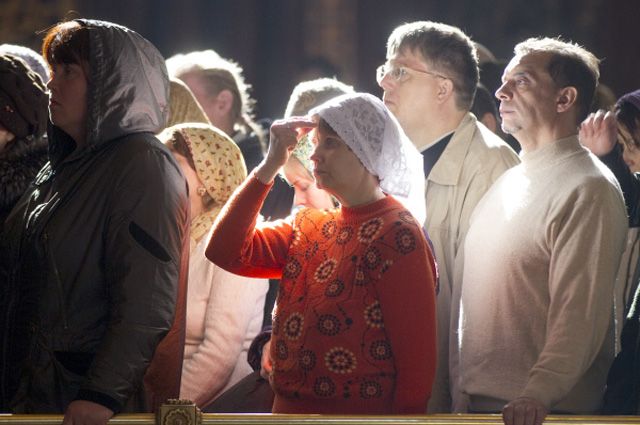
In order to answer this question, you first need to understand what is the sign of the cross and why we do it.
The sign of the cross is first of all a prayer gesture, and not just a part of a religious rite. Making his faithful confesses the main dogmas of Orthodoxy - faith in the Holy Trinity and the divinity of Jesus Christ. Thus, the commission of the cross of the cross is an integral part of Orthodoxy.
In many paterikas and the lives of the saints, many examples are given, indicating that the cross sign performed by the believer has a power. At the beginning of the third century, one of the most famous early Christian theologians, Tertullian, still wrote that the believers began to perform the sign of the cross in the time of the apostles and impose on themselves the sign of the cross with every success and advancement, with every entry and exit, going to bed or going for any business. But most often the believer makes the sign of the cross standing on prayer in front of the images in the church or at home.
If you come to church are going to apply to the icon, you need to approach it, cross yourself twice, join and cross again. If there are still a lot of people in the queue, you should cross yourself a little in advance, so as not to disturb the prayer atmosphere and not detain other people who want to pray.
The cross sign must be performed correctly - for this it is necessary to fold the first three fingers of the right hand together, and the ring finger and the little finger should be pressed to the palm of your hand. Then fall in, first putting the folded fingers on the forehead, then on the stomach and on the right and left shoulders. The cross sign reminds us of the crucifixion and suffering of Jesus Christ, and it must be done without fuss and reverence.
In addition, it is good to read a brief prayer before the icon of the saint or guardian angel and ask for his intercession before the Lord.
It is also important to note that while praying before the icon of the Lord or God's saints in Orthodoxy, the practice of visualizing images of saints is undesirable, which is characteristic of the Latin tradition, and that is why Byzantine and Greek icons, which do not have a wide range of colors and so detailed images, are quite different from Latin .




